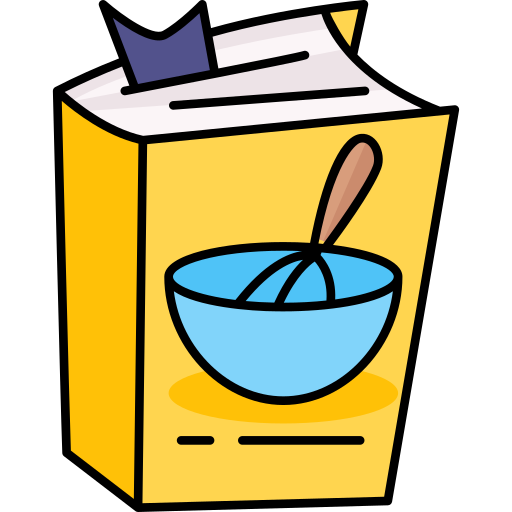The Ultimate Guide to Making Homemade Pie Crust
Homemade pie crust is simpler than you think. Whether you’re new to baking or a seasoned pro, this comprehensive tutorial provides all the tips and techniques to create the perfect pie crust.
Over the years, I’ve demystified pie-making for readers, helping them move from store-bought dough to the superior taste of homemade. With this guide, you’ll learn everything from the science of ingredients to methods for rolling and baking, ensuring consistent, delicious results every time.
The Science Behind the Ingredients
A perfect pie crust relies on three key ingredients: flour, butter, and water. While additional components like sugar or vinegar can enhance flavor or texture, the essential balance is between:
- Flour and Water: Build gluten and structure.
- Butter: Adds tender flakiness.
Understanding this balance will help you avoid common pitfalls, such as overmixing or underhydrating the dough.
For a flavorful crust variation, explore Coconut Pie Crust with Cream of Coconut for a tropical twist.
Types of Pie Crust
There are various pie crust types, each suited to different recipes:
- Flaky Butter Crust: Perfect for fruit pies like apple or cherry.
- Pâte Sucrée: Sweet and crisp, ideal for cold-set pies.
- Pâte Sablée: Delicate, tender, and great for tarts.
For pies served cold, consider a recipe like Blueberry Cobbler paired with a sweet crust for best results.
Equipment You’ll Need
You don’t need fancy tools, but these can make the process easier:
- Kitchen Scale: For precise flour measurements.
- Rolling Pin: Choose a straight or tapered one based on preference.
- Pastry Brush: Removes excess flour from the dough.
For lattice designs and precision, a Pastry Wheel is a game-changer.
Methods for Making Pie Crust
By Hand
This method ensures larger butter pieces, resulting in extra flakiness. However, hydration requires careful attention.
With a Pastry Blender
Less effort-intensive than by hand, it balances flakiness and convenience.
Stand Mixer
Be cautious to avoid overmixing, which can make the dough tough.
Food Processor
Quick and easy, though it may break the butter into smaller pieces, reducing flakiness.
For more tips on maintaining texture and consistency, read Perfect Pot Roast Seasoning Tips for insights on balancing flavors in recipes.
Storing Pie Crust
- Refrigerator: Store for 2-4 days to allow proper hydration.
- Freezer: Freeze for up to 3 months. Thaw overnight in the fridge before rolling out.
Rolling and Baking Tips
When ready to roll:
- Let the dough sit at room temperature for 5-10 minutes.
- Flour the surface generously to prevent sticking.
Baking Tip: Chill the dough before placing it in a preheated oven. This ensures a flaky crust that holds its shape. Pair it with savory fillings like those in French Onion Short Rib Soup for a hearty meal.
FAQs
Why does pie crust sometimes fail?
Common mistakes include overmixing and underhydration. Practice makes progress!
Why use cold butter?
Cold butter ensures flaky layers, as it melts during baking, creating steam pockets.
Can I customize the crust?
Absolutely! Try adding herbs or spices for a savory twist. For inspiration, see Crab-Stuffed Cheddar Bay Biscuits for flavor-boosting ideas.
Related Recipes
If you’re ready to bake, pair your homemade crust with these recipes:
- Quaker Oatmeal Cookie Pie: A sweet treat with a hearty crust.
- Autumn Squash Soup: A perfect starter to a cozy pie-based dinner.
Homemade pie crust elevates any dish, sweet or savory. With this guide, you’ll master the art of pie-making and enjoy results far superior to store-bought alternatives. Roll up your sleeves, and let’s get baking!
